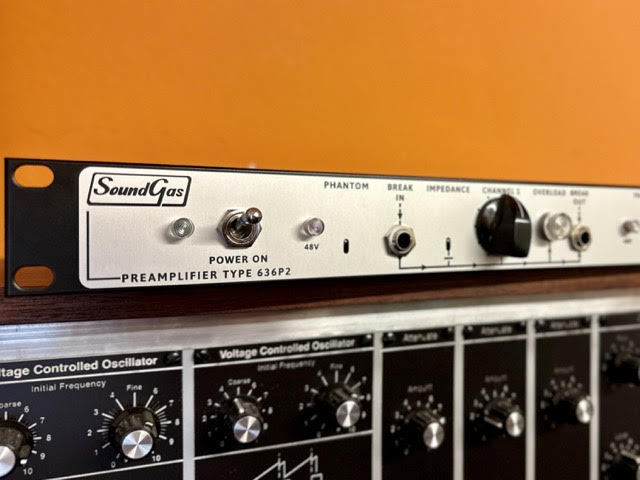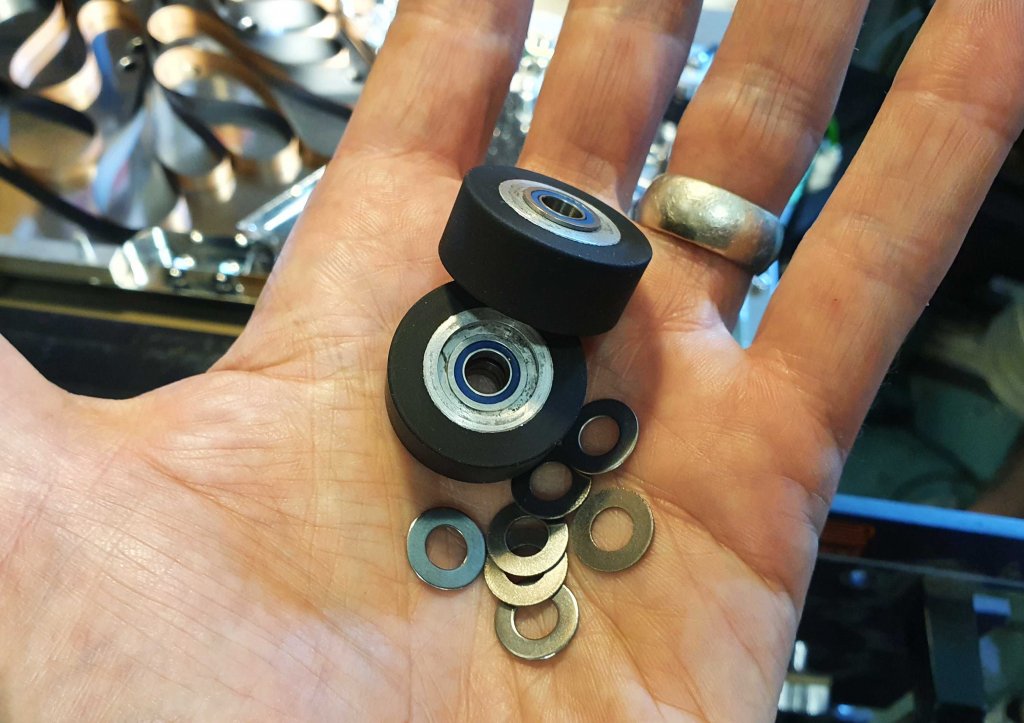
What's the Maximum Delay Time of a Roland Space Echo?
A simple question – how slow can a Space Echo go, or to put it another way: how long is the longest repeat; but it’s not one with a definitive answer. If you read the RE-201 Manual or the Service Notes you won’t find a number quoted anywhere; curious… But, even if there was a figure, these machines are now over 30 (or 40!) years old and so just as their sound* may have changed over time and with use, so can other properties. Read on for more information and a video demo of two RE-201s being tested together…
The number you will find in forums etc online most often is 600ms, and certainly some Space Echoes hit that max delay time. But there are numerous components involved here (motor, hall ICs, bearings, heads, various parts of the tape transport, and the electronics controlling it all), and as they age differently and react differently to the amount of use a machine may have had, so they help to push and pull the machine away from whatever it’s original performance may have been.
Oh, and let’s not forget that Roland used four different motors in Space Echoes, and then there are the new motors that are installed when some machines are worked on so that makes five possibilities for that crucial component alone.
BAD TAPE…
So why might you encounter relatively long delay times in online demos? Of course age and the other factors above can be involved, but we also need to mention tape here. We’ve already said a lot about tape for Roland echoes (and there’s more to come!), but one interesting new piece of information we picked up from our techs while researching this article was that not only does the coating of the wrong tapes shed onto the heads and make machines stick, increase wear etc, bt it also finds its way right down into the motor. And, once they are there, those particles have the potential to affect motor speed. So, even if the person making that online demo is using the right tape, and their machine is serviced, if the motor hasn’t been rebuilt then years of using the wrong tape (including some of those most widely available online) could also be affecting how the it functions.
SECRETS REVEALED…
So we service… we overhaul, we rebuild motors, replace failing components with those from other machines or sometimes new versions; we clean and lubricate and calibrate. But there is no internal trim to calibrate the delay time in these machines (as there is for echo feedback for example) with the result that at the end of that process – in terms of delay time at least – the unit is what it is. So, it’s less a case of precisely setting it up, than revealing its true capabilities and the result is that you get the maximum delay time that this particular Space Echo is now capable of. This generally seems to be around 600ms.
Here below is a video we recently shot using a PsyCo X Syncussion playing two different sounds in order to differentiate between the two echoes on test (one voice is going through each RE-201). As you will see the tempo on the DrumBrute has to be adjusted by 5bpm in order to move from being in time with one of the units to the other (the one on the left which is receiving the higher pitched sound is the slower machine).
What’s next? Well – we quite like stats, and we see A LOT of Space Echoes every year, so now we want to find out the real answer. When we’ve tested a load of serviced machines for their max delay we’ll add the results to this page, and then at least we’ll have the answer to the question: what on average is the maximum delay time of a Space Echo (in 2019 at least).
*That there was ever an exact “sound” for an Space Echo would depend on there being only one design, and as close followers of our exploits will already know that is not the case, with early machines having different electronics, and often a different motor. That’s for another post, and that’s before we even get to the RE-150 – also a “Space Echo” but…







